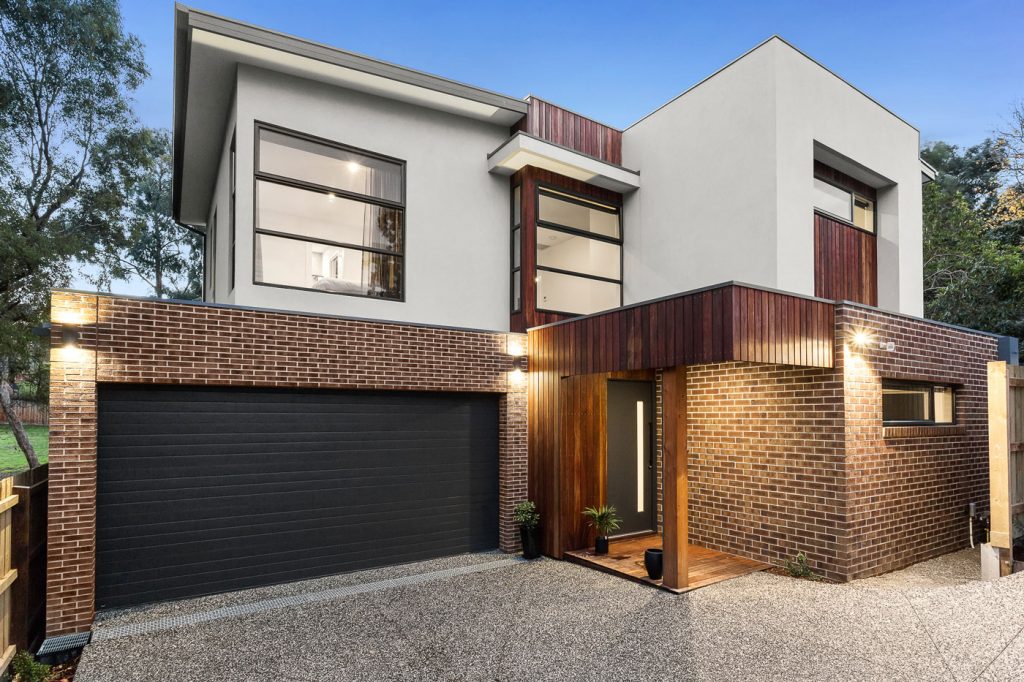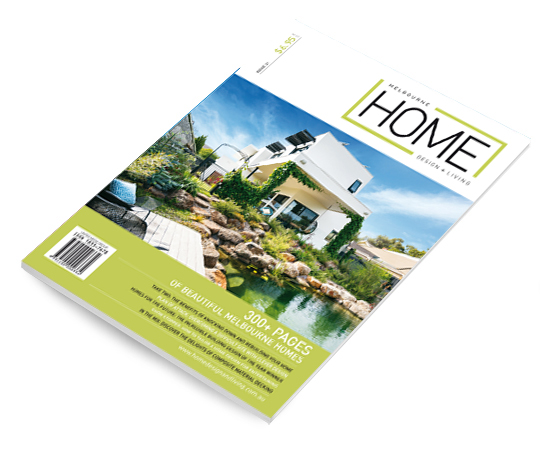
Vital build has been awarded “Best of Houzz 2019” and “Best of Houzz 2020” in the “Service” category. What an honour, we are so pleased to be awarded this two years in a row. Our Clients are so important to us and we really try to make sure that they are happy and informed along each step of the way. To be chosen by more than 40 million monthly unique users that comprise the Houzz community from among more than one million active home building, renovation and design industry professionals! Amazing achievement!
“Each business was singled out for recognition by our community of homeowners and design enthusiasts for helping to turn their home improvement dreams into reality.” To be chosen for our “service” just shows that we are committed to our clients and that we are dedicated customer-focused professionals

The website Just Melbourne has put out a list this year with the 12 top custom home builders in Melbourne and we have made number 9 on that list! We have been put in with some leading builders and companies that have been in the game for many years, It is a great honour to be named when there are literally hundreds of custom builders in Melbourne. We pride ourselves on quality and customer focused service. Feel free to check out the article.
https://justmelbourne.com.au/custom-home-builders-melbourne/

Welcome to 2017! What a great start to the year already Vital build has been awarded “Best of Houzz 2017” in the “Service” category. What an honour, we are so pleased to be awarded this, and to be chosen by more than 40 million monthly unique users that comprise the Houzz community from among more than one million active home building, renovation and design industry professionals! Amazing achievement!
“Each business was singled out for recognition by our community of homeowners and design enthusiasts for helping to turn their home improvement dreams into reality.” To be chosen for our “service” just shows that we are committed to our clients and that we are dedicated customer-focused professionals

he below article was written by Melissa Wittig – Interior Designer (Healthy Homes)
When accessibility principles are applied to beautiful, thoughtful design, timeless infrastructure is created, writes Melissa Wittig.
LIFE IS UNCERTAIN, AND MANY HOUSES TODAY CAN’T
cater for the changes and challenges occupants might face. But there are ways you can future-proof a house to be flexible enough to cater for an expanding – or contracting – number of residents and their inevitable changing requirements, and also ensure the house is accessible for all, regardless of age or ability. Known as ‘forever functionality’ (and sometimes universal design or accessibility), making your house adaptable is not only common sense but a savvy financial investment.
DESIGN FOR THE UNFORESEEABLE
Good design begins with a comprehensive design brief that includes a definition of ‘who’ the client is and the needs of the occupants. This definition can greatly contribute to a property’s appeal, functionality and value. However, by focusing solely on the ‘who’ and their current individual needs, we are, by default, creating buildings that have limitations. What’s needed from a home might change suddenly for someone who’s had a life-altering illness or accident. And as the occupants age, their homes must often meet different criteria for safety, ease of use and access. When renovating or building, people generally make the mistake of creating their homes for the foreseeable future – and yet the integration of design elements in a home for the unforeseeable future can add considerable financial and personal value to a house, and make it a more sustainable project.
PROPERTY ENTRY LANDSCAPING
A family member or friend may require a walking aid or wheelchair at some stage, which requires level entry surfaces for safe access. Incorporating at least one accessible entry point increases a building’s inclusive attributes.
CONSISTENT-LEVEL LIVING IS ACCESSIBLE FOR ALL
Split-level housing can create safety problems for toddlers and anyone with mobility impairment or fragility: for example, stairs can be a tripping hazard for the elderly. From an investment perspective, a home with split-level design has limited appeal, possibly reducing rental appeal and resale value.
SAVVY STAIR DESIGN
Forward-thinking design incorporates space provisions for alterations such as residential lift systems or chair stair lifts, so that a multi-storey home remains useable with minimal structural changes in the event that an occupant’s needs change. Another approach is to ensure a layout that can be adapted to ground flooronly living, perhaps with the upstairs reserved for visiting family.
EASE OF MOVEMENT SPACES
Consider for a moment that one family member requires a wheelchair or walking frame. Could that person enter the home, easily travel through common hallway spaces to use the bathroom, shower, kitchen, at least one bedroom and a living space? Incorporating simple design considerations such as wider doorways when building or renovating can make a home suitable for foreseeable and unforeseeable access needs. Livable Housing Australia (LHA) guidelines provide technical space considerations for mobility design solutions, but as a guide, minimum clear doorway widths of 850-900mm and 1200mm for corridors are optimal for good access. Wider doors and corridors make it easier to manoeuvre when using the spaces with prams, walking frames and wheelchairs, and allow for functional longevity. This also contributes to a sense of spaciousness in the home.
BATHROOM BLISS
Bathrooms are a particularly expensive zone of the home to structurally adjust. If they are designed well in the first place, they can save a homeowner considerable cost, translating into a more effective investment. It goes without saying that the path to at least one bathroom should be designed to be accessible; in a multi-storey house, at least one bathroom should be on the ground level. When renovating, the time to maximise future benefits from bathroom spaces is at the rough-in and framing stage when the walls and floors are open and layout changes are relatively easy.
REINFORCE AND SAVE
Reinforcing walls at the framing stage to a standard suitable for fastenings and grab rails is relatively inexpensive and is a form of insurance, layered behind a typical bathroom facade. The LHA guidelines recommend reinforcing timber-framed bathroom and toilet walls to withstand force applied from any direction. Add some extra noggins (the bracing between wall studs) in the shower in case a wall-mounted seat is ever needed. A reinforced and prepared structure gives plenty of options for adapting the space without the very costly need to strip back and replace all fittings, tiles, sheeting, insulation and possibly plumbing and wiring to make the space useable for someone with a mobility challenge.
SPACIOUS THRONE
The style of toilet can easily be changed in a bathroom, but space allowances are costly to retrofit. Locating a toilet in a position that caters for accessibility requirements involves a minimum of 1200mm (excluding any door swing) clear space in front of the toilet, and a minimum clear width of 900mm between walls or bathroom furniture. Providing for a wall to be 450 to 460mm from the pan (measured from the centre line of the toilet) allows a grab rail to be affixed to the wall in the future if needed.
WALK OR ROLL
Walk in (or roll in), step-free showers should be a minimum of 900mm x 900mm with 1200mm clear space in front of the shower recess entry. However, showers that are larger than 900mm do offer greater ease for those with a mobility challenge. KITCHEN Like bathrooms, kitchens are also expensive zones to retrofit. Some basic, relatively inexpensive steps at the design and build stages will again save dollars should accessibility adjustments be needed to the kitchen. Where possible, floor finishes should be installed wall to wall, not just up to the cabinetry. This allows for cabinetry to be changed at any stage without expensive flooring works. Designing the kitchen to have at least 1200mm clearance in front of benches and appliances caters for manoeuvrability by all ages and mobility levels.
LITTLE BUT COSTLY
Too often in construction, tradespeople are left to make decisions on the finer details such as where to mount light switches, power points and door handles. Instead, specify a suitable height for these items and it can add significant convenience for people in a wheelchair or those needing to stay steady with a walking device. According to LHA, light switches should be positioned between 900mm and 1100mm above floor level, horizontally aligned with the door handle at the entrance to a room. Power points should be installed not lower than 300mm above finished floor level and door hardware should be installed 900mm to 1100mm above the finished floor.
INTEGRATING TECHNOLOGY
Twenty years ago, few could have foreseen the changes wifi and computing would make to our lifestyles and the way we socialise or work from home. We can now recognise the benefits of designing and integrating technology into buildings, or at least allowing for its easy retrofitting. Ensuring that adequate cavities are provided for easy changes to cabling or device storage will allow dwellings to be upgraded as required.
DESIGN FLEXIBILITY
Outgrowing your home can have consequences that impact on individuals and families, both financially and emotionally, especially if a move is required. From the small apartment to a sprawling home, flexible housing design incorporating accessible design principles and flexibility of spaces can allow homes to adapt to the changing needs of their occupants and avoid the need to move away from familiar communities. Other initiatives, such as large homes designed with the capacity to be easily divided into two dwellings, provide exciting design possibilities for those in a position to build or renovate.
LONGEVITY
A well-worn phrase is ‘design with the end in mind’; perhaps it should instead be ‘design for the unforeseeable future’. As most buildings do not account for change or flexibility, there is an opportunity for people to build or renovate houses so that they can cater for all who may need to reside in them, saving the homeowner money, time, resources, heartache and waste. This equates to innovative, sustainable, profitable, inclusive design – and importantly, happy households.
FACTORS DRIVING INTEREST IN FOREVER DESIGN AGEING IN PLACE
The Baby Boomer generation, turning 65 between 2011 and 2030, have watched their parents transition (in many cases with difficulty) into retirement homes and aged care facilities. This experience is leading many of this generation to actively seek alternative journeys. Life expectancy is nearly double what it was a hundred years ago, and almost one in four Australians will be aged 65 years or over by 2055. According to a Productivity Commission research paper, ageing in place – remaining in one’s own home – is evolving as the preferred living arrangement for this new generation of older people. The Commonwealth Home Support Programme was established in 2015 to uncover the challenges ageing in place would bring, especially as Australia’s existing housing stock is largely inappropriate for older people without modifications being made.
NATIONAL DISABILITY INSURANCE SCHEME
For those with disabilities, the National Disability Insurance Scheme (NDIS) is assisting with independence and community integration, and this includes addressing disability-friendly housing. A specific type of home is fast becoming appealing in the marketplace – one that has been designed to be easily adjustable for the needs of an occupant without excessive financial, personal and environmental cost.

VITAL BUILD – A Modern Healthy Home
This striking single-level home by Vital Build exhibits modern, clean lines, immaculate landscaping and naturalmaterials that create a remarkable street presence. The recycled bricks in the façade add a point of interest and are contrasted by the black roof, window frames and doors.The clients’ brief was for a healthy home with an open-plan, accessible living design. Vital Build, along with the owner and designer, used primarily recycled, natural materials to create a seamless transition between the indoor and outdoor zones.
The recycled timber in the study room and solid iron bark flooring throughout the home add a sense of warmth and luxury that is encouraged by the open, gas-log fireplace.Double-glazed windows and hydronic heating help make this residence energy-efficient, much to the clients’ delight.It was important to the clients for the home to have plenty of space to move around, so the design is adopted around a minimalistic approach to the layout.
The sleek kitchen includes the latest appliances and an island bench top ideal for preparing meals. Skylights above the bench and a window splash back allow natural light to penetrate the space and create a clean and airy atmosphere.The open-plan design of this residence is all the more impressive considering the odd-shaped, sloping block on which it resides. Strict guidelines were followed to take advantage of the lot’s slope and make it work for the home. The end result is a modern, low-maintenance healthy home that meets all of the clients’ requirements.Vital Build specialises primarily in new homes, renovations and extensions. Building up to two homes annually,the focus is always on quality over quantity. Established 35 years ago by Frank lo Presti, with his son Tim taking over the business 15 years later, the company has plenty of experience in building luxury homes in Melbourne and its surrounds.
